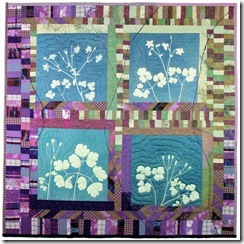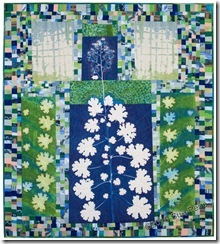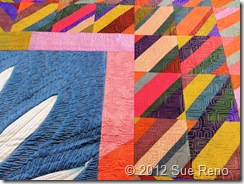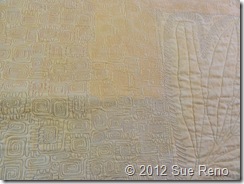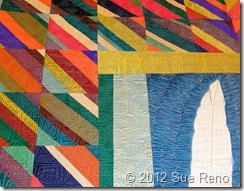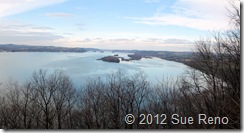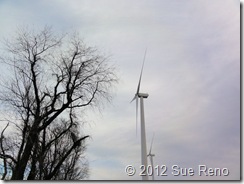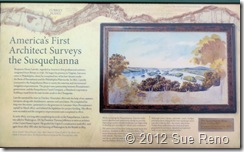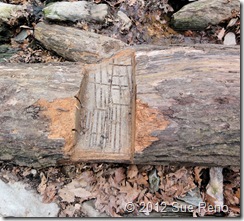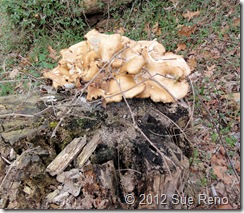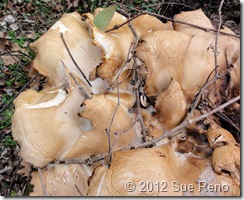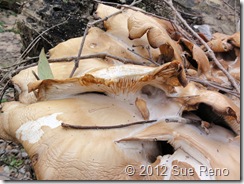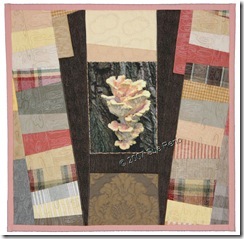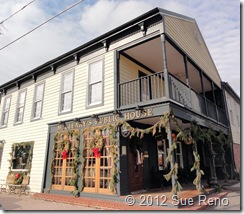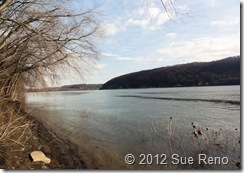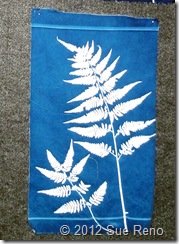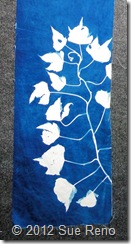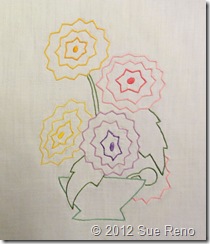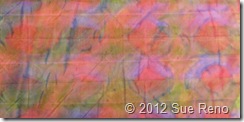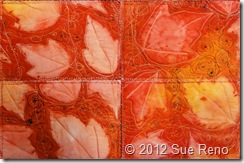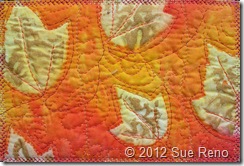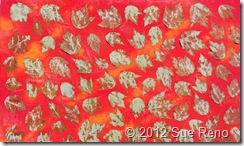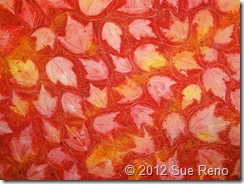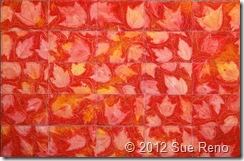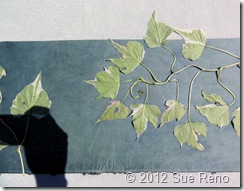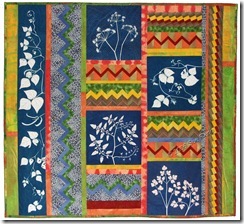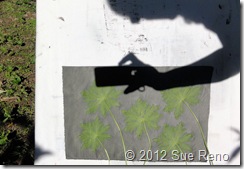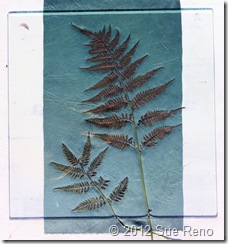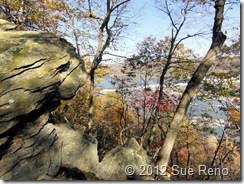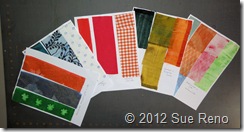
I think I have a different relationship with the fabrics in my stash than a lot of other quilters. With me it’s personal. I have a collection going back decades to dressmaking scraps from the clothes I wore as a child. I am not sentimental about them, but I relate to them in terms of their context in time and space. Other fabrics that I’ve purchased were all deliberate acquisitions, and I can remember the general time frame and location of where I obtained them. Same thing with fabric that has been generously gifted to me, or that I’ve purchased from other craftswomen--they are linked in my mind with the person and the circumstance. The fabric has meaning and history, some are heavy favorites that have been used in multiple projects, and all of that comes into play when I am auditioning them for something new. None of these factors will necessarily be evident to the viewer of the finished work, but it’s highly relevant to whatever it is that happens in my conscious and subconscious mind as I am working.
Given that context, I am genuinely puzzled by the popularity of fat quarter bundles ( a fat quarter is 18” x 22”) or jelly roll bundles (2.5” by 44” strips) on the market. I can’t imagine letting someone else pick out my fabrics for me, even granting that they are lovely and well coordinated assortments. If I like a textile and am going to include it in my repertoire, I need at least a yard, ideally more. And I need to be able to find it when I want it, so I am fairly well organized in that regard. I needed some publicity shots of me in my studio, so here in the background you can see some of the labeled bins I store things in. I sort by fabric content and then by color. I’m not afraid of disarray while I’m working, but when I’m done it all needs to be sorted out again. Part of the sorting is keeping swatches of everything used in a project. The swatches go into binders with notes and other relevant ephemera associated with each quilt. I’ve done this from the very start of my art practice, so when documentation was called for as part of the Seasonal Palette exhibit I was very much on board.

For this project I wanted mostly the clear, bright, somewhat saturated colors that signify mid to late summer to me. I’m using a few commercial fabrics, some silks I brought back from my trip to India and cottons I’ve hand painted and printed. (If you are new here, be sure to click on the “India” tab at the top to see recent and vintage India travelogue posts.) Here you see them cut into strips and sewn into sets preliminary to being cut up for Seminole patchwork. I’m quite pleased about the one on the right with the leaf prints.
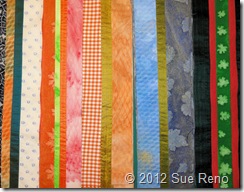
I’m a huge fan of the plume poppy plant, and have used its leaves in numerous small projects and a huge art quilt. One of its attractions is its large leaves, but the scale of this project wouldn’t accommodate them. So I focused on the tiny leaves that sprout up in the intersections and tops of the stalks.
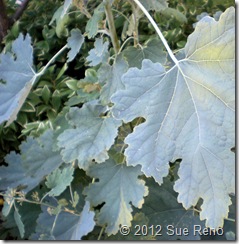
I picked dozens and dozens of the little leaves, and laid them out in a grid to make a heliographic print of them with green textile paint. You can see a similar print, with larger leaves, in process below:
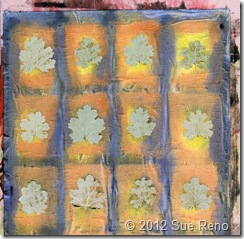
I cut the printed fabric into strips and used it in the piecing. It’s very fiddly and time consuming work, like a lot of what I do, but well worth it for the story it tells in the cloth.
